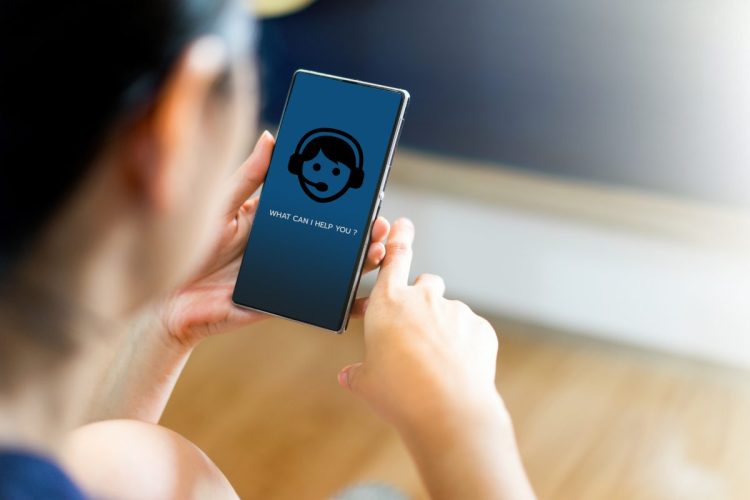Watch all the Transform 2020 sessions on-demand here.
Bots are gaining lots of attention, thanks to the momentum in artificial intelligence and natural language processing. In fact, according to this Business Insider study, 80 percent of businesses are using, or intend to use, chatbots by 2020.
While simplified rules-based bot builders like QNAMaker.ai make entering the realm of bots easy, truly conversational and awe-inspiring brand experiences need to come with a thoughtful and strategic approach. This means that before you jump in and start writing (or hiring out) a single line of code, you’ll want to do some planning.
Let’s start with the most obvious question.
Why do you want a bot?
June 5th: The AI Audit in NYC
Join us next week in NYC to engage with top executive leaders, delving into strategies for auditing AI models to ensure fairness, optimal performance, and ethical compliance across diverse organizations. Secure your attendance for this exclusive invite-only event.
More to the point: What will it do? What problem(s) will it solve? Who’s going to use it and why?
There’s no doubt that bots can yield some fantastic benefits from a business perspective, especially for service-oriented brands. By using bots to automate, businesses can save up to 30 percent in customer support services. Bots can perform a multitude of tasks, from directing help support calls to making style recommendations to qualifying sales leads to ordering Chinese takeout. It all comes down to what your business needs (and what your customers expect).
Start with your audience and the nagging pain points you need to resolve. Are you finding that customers are dropping off after waiting too long to chat with a customer service representative? Are you facing challenges in responding to requests or spending too much time redirecting customer service queries? Do you need to make it easier for customers to find the perfect pair of jeans?
Be sure to explore your processes, customer patterns, and expectations in detail to get a realistic view of where a bot can make an impact.
How will it engage people?
Of course, another part of the equation is providing a truly compelling and engaging experience that encourages a deeper brand connection. Will your bot pretend to be human? Will people talk to it in natural language? Will your bot learn patterns to make specific product recommendations? Does it need AI and will it have cognitive learning? Or will it have limited functionality and offer a guided conversation?
Engaging customers with a personalized and genuine experience is key to brand loyalty. And a bot is another way to demonstrate your brand. The platform you choose (I recommend the Microsoft BOT Framework) will help guide where people engage with your bot and how they can find it.
How will people find it?
Yup, before you start, you’ll want to know how folks will find your bot. Hint: Make it easy by ensuring your bot is where your audience already is.
For example, Uber has a goal of being everywhere its customers are. Not only can you hail an Uber from Windows 10 or your Apple Watch, thanks to its Facebook Messenger bot, but if you simply mention “Uber” in a message, you may get a suggestion to request a ride — no app required.
Be sure to promote your chatbot through your existing channels and link to it from social media. You might also want to include it in the Bing search engine results page (SERP).
How will you measure success?
With any new project, it’s important to determine the metrics you are going to use to gauge the success of your bot. It’s important to think in terms of outcomes, such as task completion, and not just usage metrics. Are you trying to get users to move toward a certain action? Are you trying to reduce customer service calls or wait time? Are you trying to reduce costs or generate new revenue?
Having a clear goal in mind to serve as a benchmark will help you clarify your bot’s capabilities and ensure that it truly meets your needs and your customers’ needs. Having this data will also help you to make necessary changes down the road.
When done well, bots can delight customers and increase their connection to your brand. But when done poorly, you risk losing customers. Make sure you have a plan in place to ensure your bot amazes your audience and achieves your business goals.
Christi Olson is the head of evangelism for Bing.


